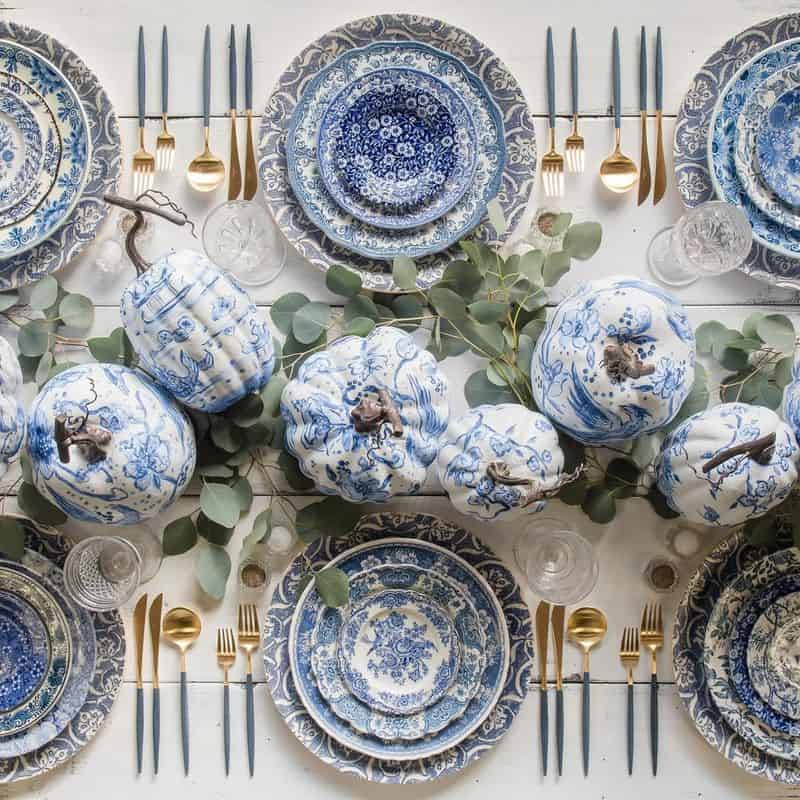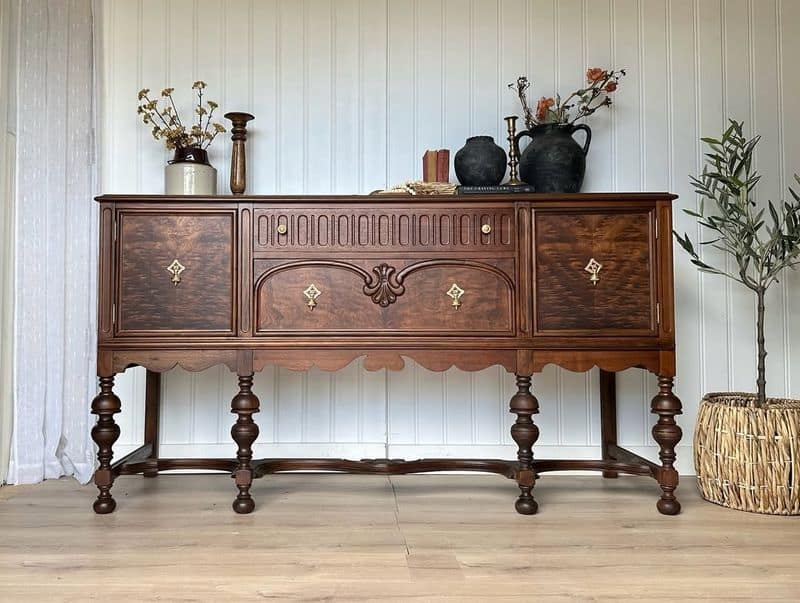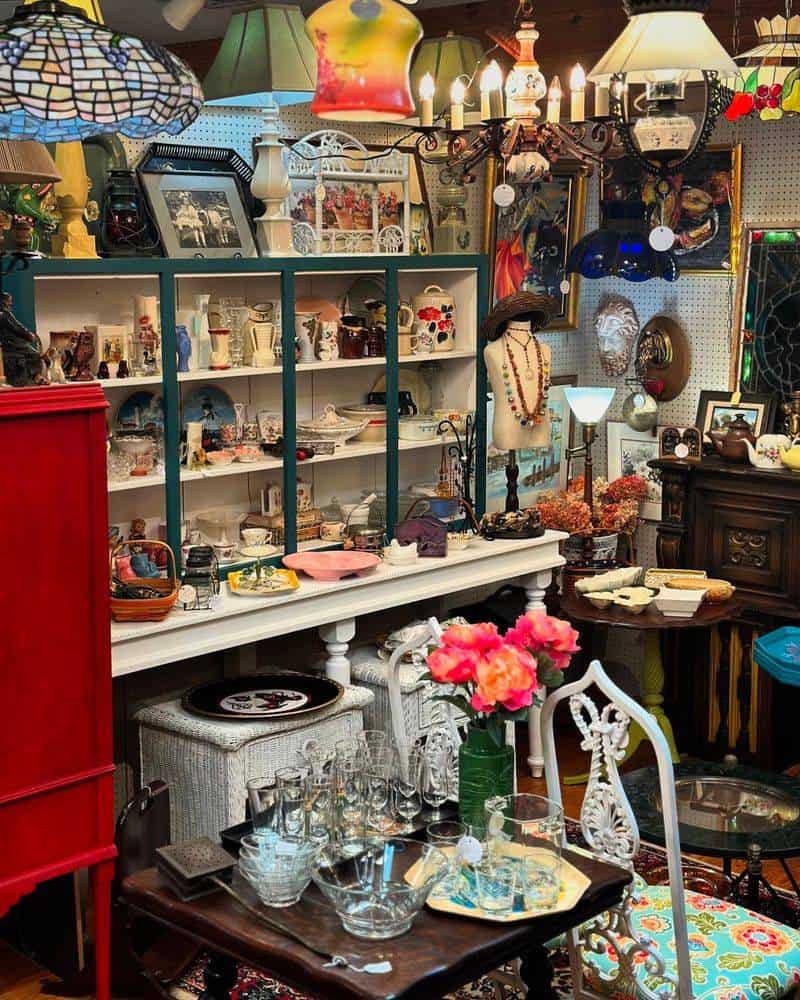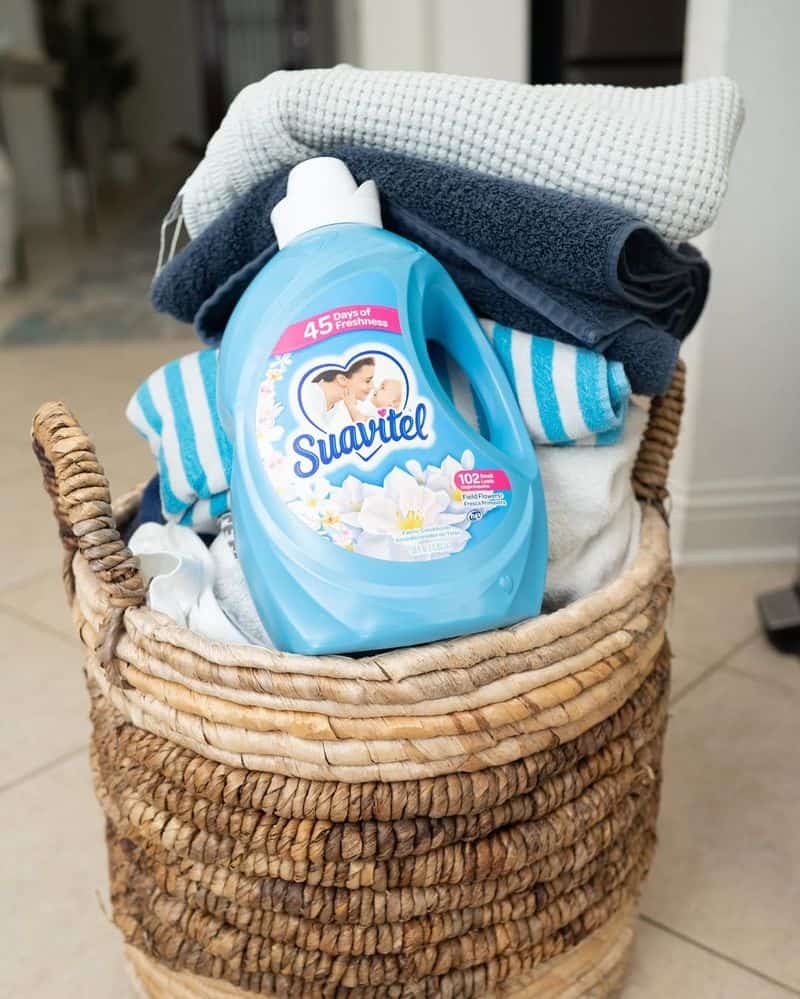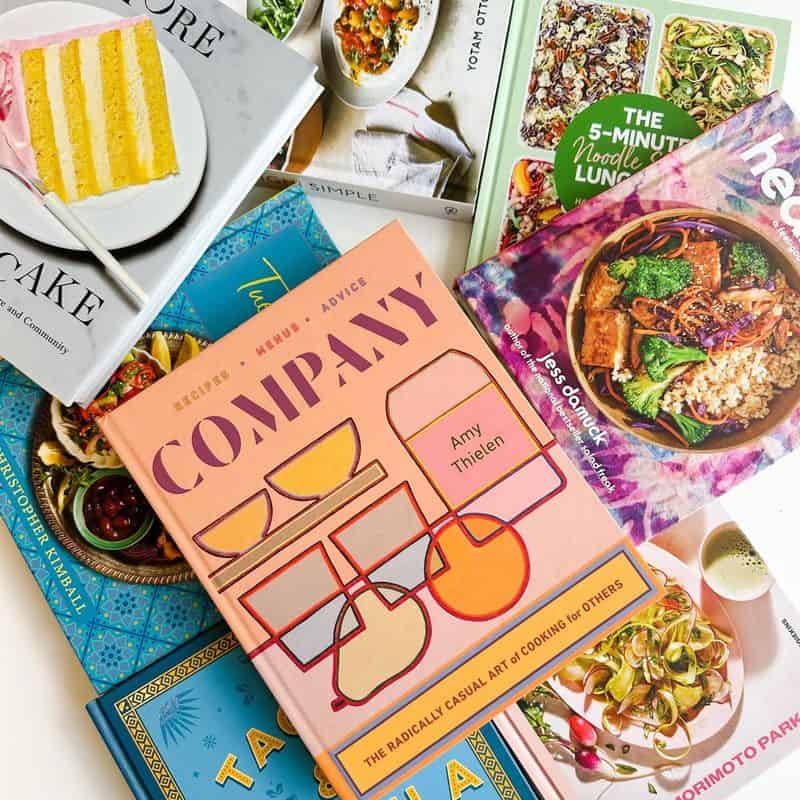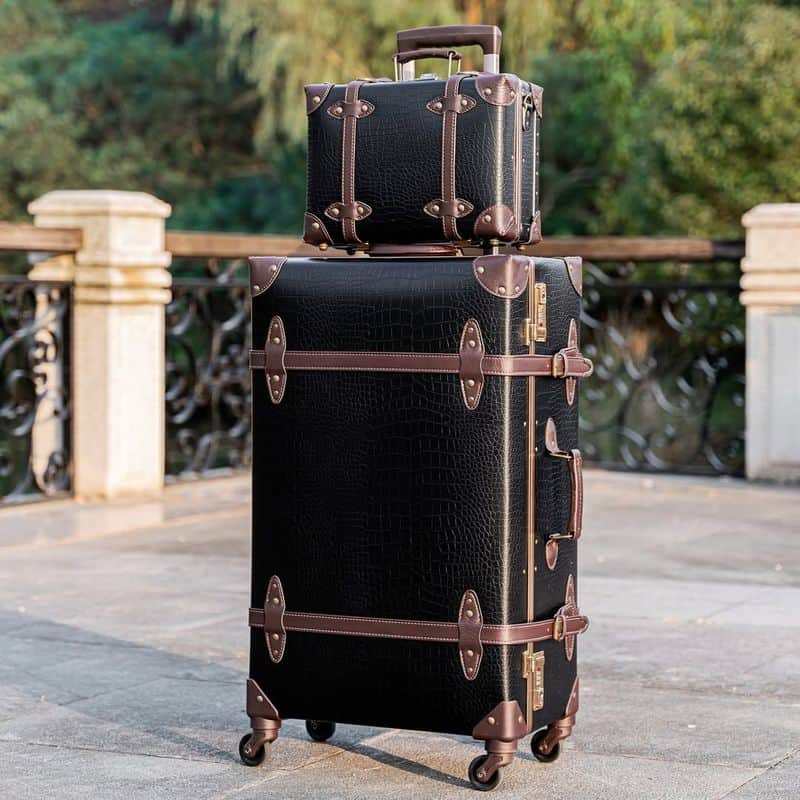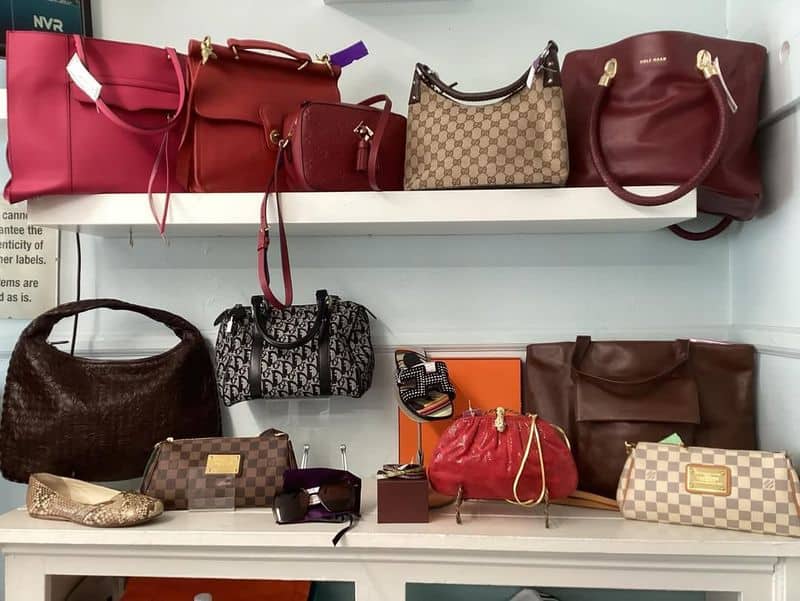In the evolving landscape of modern living, younger generations are redefining what it means to own household items.
With an emphasis on minimalism, technology, and versatility, traditional items that once held a place of honor in every home are finding themselves sidelined.
This article explores 10 such items that millennials and Gen Z are bypassing in favor of more practical or digital alternatives.
Get ready for a humorous take on why these household staples are being left in the past.
1. Fine China and Crystal Stemware
Why bother with fine china when mismatched, quirky plates tell a more vibrant story? Younger folks see fine china as a symbol of a bygone era of formal dinners and etiquette.
Those delicate plates often gather dust, as takeouts and casual brunches take center stage.
Moreover, the fear of breaking a piece makes them more of a liability than an asset. Crystal stemware, while elegant, is often swapped for chic, durable glassware.
A reflection of a shift towards functionality and less fuss, these items are cherished but seldom used treasures.
2. Antique Furniture
Antique furniture, with its rich history and craftsmanship, finds itself in a curious spot with the younger crowd.
While the allure of a hand-carved dresser is undeniable, its bulky nature is at odds with the airy and open spaces that define modern living.
There’s a preference for furniture that’s easy to assemble and move—a nod to the transient nature of modern lifestyles. Besides, the maintenance of these items can be daunting.
As beautiful as they are, they often become more of a conversation starter than functional furniture for daily use.
3. Collectibles and Heirlooms
Collectibles and heirlooms, once treasured family possessions, now sit awkwardly in the minimalist spaces of today’s youth. The sentimentality of these items clashes with a desire for clutter-free environments.
Younger generations, embracing digital memories and experiences over physical objects, often consider these items burdens rather than treasures.
While they appreciate the history and stories behind them, the practicality of keeping such collections is often questioned.
Instead, they prefer to document memories digitally, saving space and preserving them for future generations in a different way.
4. Fabric Softener
Fabric softener, once a staple in laundry routines, is increasingly overlooked by younger generations.
The appeal of soft, fragrant clothes is overshadowed by concerns about chemicals and environmental impact.
Many opt for natural alternatives, such as wool dryer balls or vinegar, aligning with eco-friendly lifestyles.
Moreover, the simplistic approach to laundry—favoring efficiency over luxury—leaves little room for extra products.
Fabric softener becomes an unnecessary addition, replaced by practical, sustainable solutions that satisfy both conscience and clothing care.
5. Cable Television Subscriptions
Cable television, once the cornerstone of home entertainment, is rapidly losing its grip on younger audiences.
The flexibility and variety offered by streaming services make traditional cable seem clunky and outdated.
Younger viewers appreciate customization—watching what they want, when they want, without commercials.
The hefty subscriptions and rigid schedules of cable TV are replaced by on-demand content, available across multiple devices.
It’s a shift towards convenience and control, making cable TV an artifact of a less flexible era in entertainment.
6. Cookbooks
Cookbooks, once a kitchen must-have, are finding themselves overshadowed by digital recipes and cooking apps.
Younger generations, tech-savvy and always online, prefer the ease of searching for recipes on the go.
These digital platforms offer reviews, variations, and videos, enhancing the cooking experience.
While beautifully bound cookbooks serve as charming decor, they often collect dust as more dynamic, interactive options take the stage.
It’s a culinary evolution that values accessibility and innovation over tradition, without sacrificing the joy of cooking.
7. Physical Media (CDs and DVDs)
Physical media, like CDs and DVDs, are swiftly being replaced by digital alternatives. The convenience of streaming and digital libraries makes physical discs seem cumbersome.
Younger generations value the space-saving and accessibility aspects of digital formats, which fit seamlessly into a mobile lifestyle.
The nostalgia of flipping through albums or movie collections is overshadowed by the ease of a few clicks.
While they evoke memories, these items now serve more as relics than essential components of entertainment.
8. Traditional Luggage Sets
Traditional luggage sets, once synonymous with travel, are giving way to more versatile options like backpacks and lightweight carry-ons. For younger generations, travel is about spontaneity and mobility.
Bulky suitcases are exchanged for compact, multi-purpose gear that can keep up with impromptu adventures.
The trend reflects a shift towards minimalism and flexibility, with an emphasis on travel experiences over cumbersome baggage.
Luggage is now about practicality and adaptability, shedding the excess weight both literally and figuratively.
9. Homeownership
Homeownership, once the ultimate life goal, is being redefined by younger generations. Financial constraints, lifestyle preferences, and a desire for flexibility make renting more attractive.
Urban living and a gig-based economy align better with renting, offering freedom and less commitment.
The traditional dream of a white-picket-fence home is evolving into a preference for experiences, convenience, and mobility.
While owning a home remains a milestone, it’s no longer the only path to a fulfilled life, reflecting a broader shift in values and goals.
10. Designer Items
Designer items, long signifying status and luxury, are losing their appeal among younger generations. As sustainable fashion rises, flashy labels take a back seat to ethical, conscious choices.
Younger consumers value experiences and uniqueness over brand names, seeking meaningful purchases that align with their values.
The era of ‘a logo is everything’ is giving way to individuality and environmental awareness.
Designer pieces, while still respected, are not the wardrobe staples they once were, as mindful shopping gains prominence in the fashion world.


